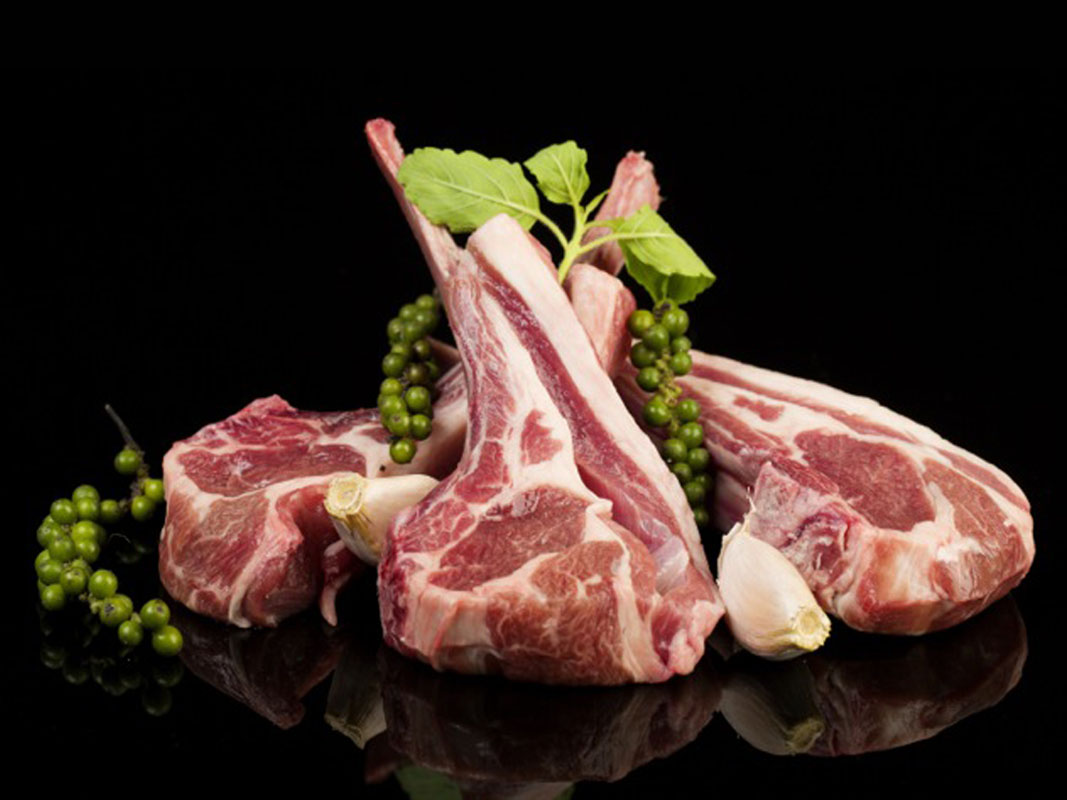Meat, in general is quite beloved among people. Most meat lovers eat kilos of meat every year. That’s a lot of muscle, and it’s laden with meaning—in terms of human evolution, social habits and modern marketing.
Men, on average, consume more meat than women. Paul Rozin, a University of Pennsylvania psychologist and the man responsible for the best-selling phrase “omnivore’s dilemma,” recently published a study establishing a metaphoric link between masculinity and meat. They conducted several tests to figure the difference in mindsets towards food, based on gender and established a pattern for associating foods with it. The phenomenon didn’t just happen to be an aberration, or a case specific to a certain set of people, it had deeper, cultural and linguistic roots. The following is a brief account of the conducted tests and their results. Behold, the flesh, and the power it holds.
Paul Rozin and his colleagues tested subjects on a variety of word-association and other tasks, and placed different foods along a spectrum of male-linked to female-linked. On the masculine end of the spectrum were steak, hamburger, broiled chicken, eggs (hard-boiled followed by scrambled). Milk, fish, sushi, chocolate, chicken salad and peaches were more toward the feminine side. This division loosely lines up with articles in 23 foreign languages using gendered nouns—as in le boeuf (male) or la salade (female)—but curiously phallic-shaped meats like sausages and frankfurters appeared no more linguistically “masculine” than did, say, ground lamb or steak.
However, the study reports some counter-intuitive findings as well. For example, cooking and food processing tend to be associated with femininity, except when it comes to medium-rare or well-done steaks, which outrank raw meat or blood in terms of masculinity. And if you thought placenta and eggs fell under the feminine category, you’d probably be the exception. Even more perplexing, the undergraduate men surveyed listed orange juice right up there with medium-rare steak and hamburger.
One might ask though, what do these food metaphors have to with anything? Well, according to the Rozin and his co-authors, “If marketers or health advocates want to counteract such powerful associations, they need to address the metaphors that shape consumer attitudes.” This lends a certain credence to the practice of slapping artificial grill marks on a sausage-shaped soy patty, an otherwise potentially emasculating cut of protein—and it offers a compelling lesson for those attempting to make fake or in-vitro “meats” . Make them manly, boys.

